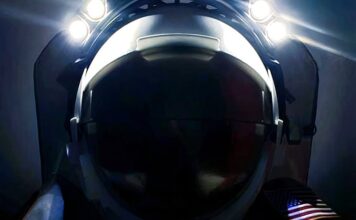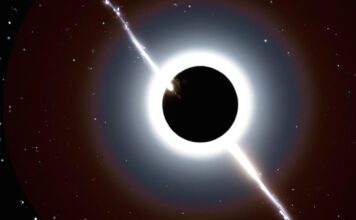Astronomers have always wondered what neutron stars are made of, as the most extreme celestial bodies in the universe other than black holes.
In one study, scientists found a new way to determine the state of matter inside a neutron star: the peak spectral frequency of gravitational waves.
When a star is twice the mass of the Sun but compressed to the size of Manhattan, it’s a neutron star – one of the most surprisingly dense objects in the universe. It is tens of trillion times denser than any natural substance on earth.
And the interiors of such extraordinary objects can never be reproduced by experiments on Earth, so astronomers still don’t understand why neutron stars themselves, known as equations of state (EoS), are made.
You want to look inside these exotic objects, but they are too small and too far away to be viewed with standard telescopes.
Astronomers can only rely on other measurable indirect properties (like a neutron star’s mass and radius) to calculate EoS, just as they can use 2 sides of a right triangle to calculate the length of the hypotenuse.
Yet another problem arises – the radii of neutron stars are difficult to measure precisely.
That’s why astronomers have recently proposed a new alternative, using a quantity called the peak spectral frequency (f2) instead of the radius measurement.
When two neutron stars merge with a larger neutron star, the dense ball of stellar material left by the collision will release gravitational waves that can be detected by the LIGO and Virgo observatories when they reach Earth.
In principle, peak spectral frequencies can be calculated from gravitational wave signals, and these data could reveal the fundamental composition of neutron star matter.
Theoretical predictions suggest that extreme pressure in the core of the neutron star will “dissolve” the neutrons into particles called quarks, which represent a large amount of free quark matter within the neutron star.
Peak spectral frequencies can encode information about EoS, further clarifying whether quark theory really exists.




